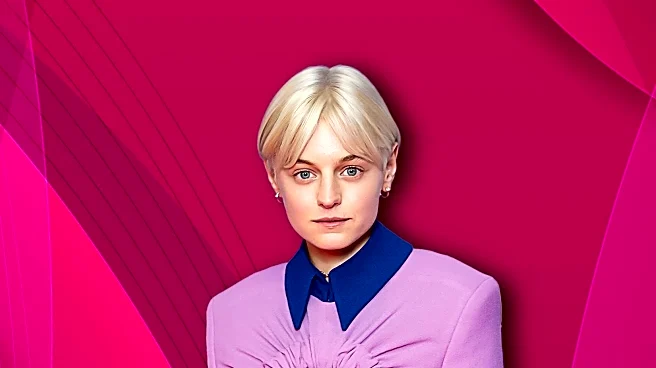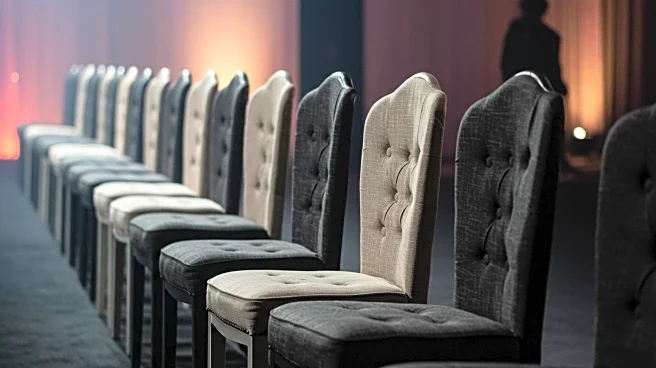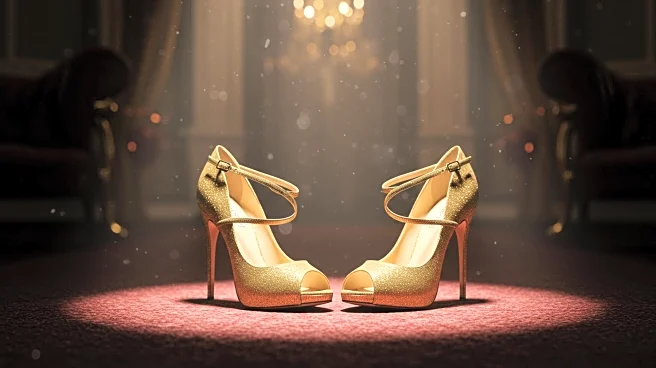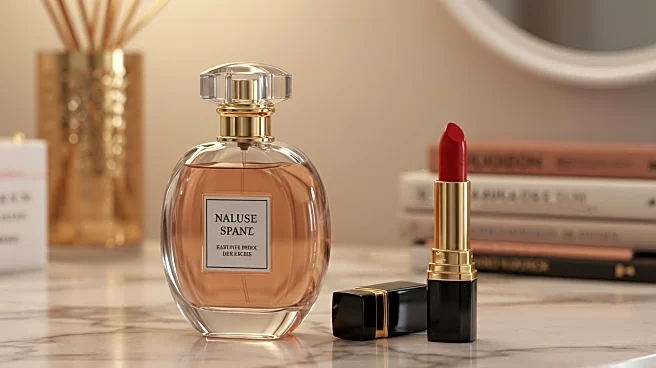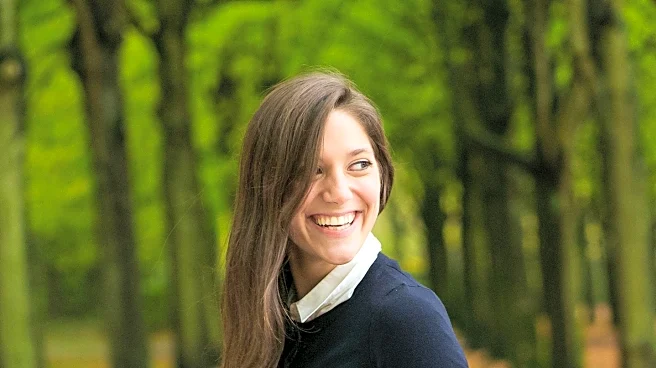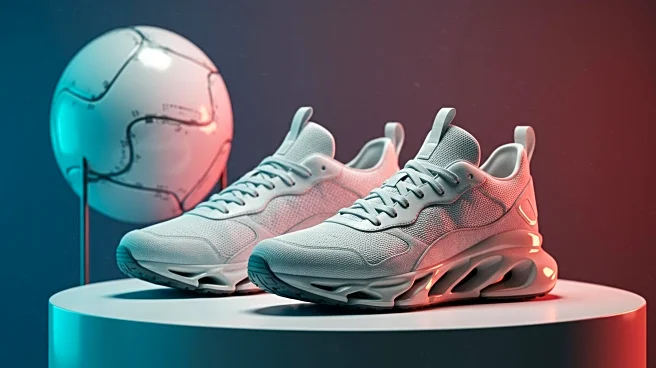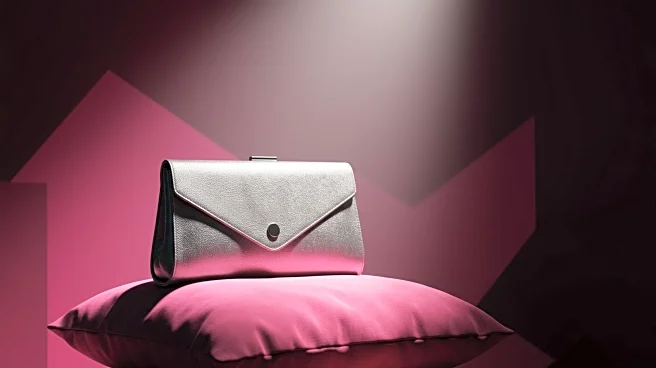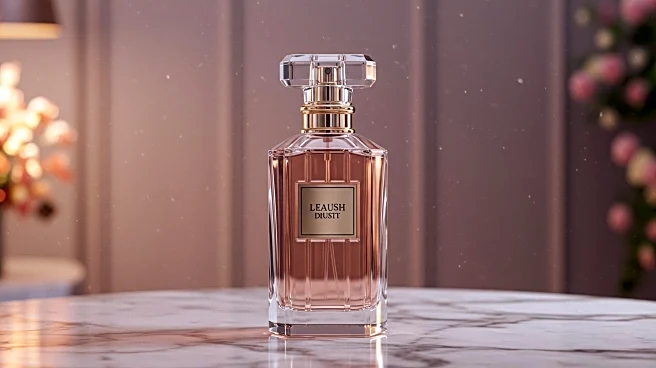What's Happening?
As the summer of 2025 comes to a close, new hair trends are emerging for the fall season. The focus is shifting from beach waves and frizz to more hydrated and structured styles. Shaggy cuts and slicked-back buns are gaining popularity, while the bob trend, championed by celebrities like Halle Berry and Alexandra Daddario, continues to thrive. Hair stylist Jacob Rozenberg notes a move towards warmer, more natural hair colors, with strawberry blond and copper hues expected to be prominent. The Scandinavian hairline, a technique involving lightening the hairline, is expected to decline in popularity. These trends are being influenced by runway shows, red carpet events, and social media platforms like TikTok.
Why It's Important?
The evolving hair trends for fall 2025 reflect broader shifts in fashion and beauty preferences, emphasizing natural and sustainable aesthetics. This change could impact the beauty industry, influencing product development and marketing strategies. As consumers seek more natural looks, there may be increased demand for products that enhance natural hair textures and colors. This trend also highlights the role of social media in shaping beauty standards, as platforms like TikTok continue to drive and popularize new styles. The focus on hydration and natural tones aligns with a growing consumer preference for health-conscious and environmentally friendly beauty practices.
What's Next?
As these trends take hold, beauty brands may respond by launching new products that cater to the demand for natural and hydrated hair looks. Stylists and salons might offer specialized services to achieve these trending styles, such as shag cuts and copper coloring. The continued influence of social media suggests that new trends could emerge rapidly, requiring the industry to remain agile and responsive. Additionally, as the fall season progresses, further adaptations of these styles may appear, influenced by upcoming fashion shows and celebrity appearances.
Beyond the Headlines
The shift towards natural and hydrated hair styles may have deeper cultural implications, reflecting a broader societal move towards authenticity and self-acceptance. This trend could challenge traditional beauty norms and encourage individuals to embrace their natural features. The decline of high-contrast coloring techniques like the Scandinavian hairline suggests a move away from artificial enhancements, potentially influencing perceptions of beauty and self-expression.
